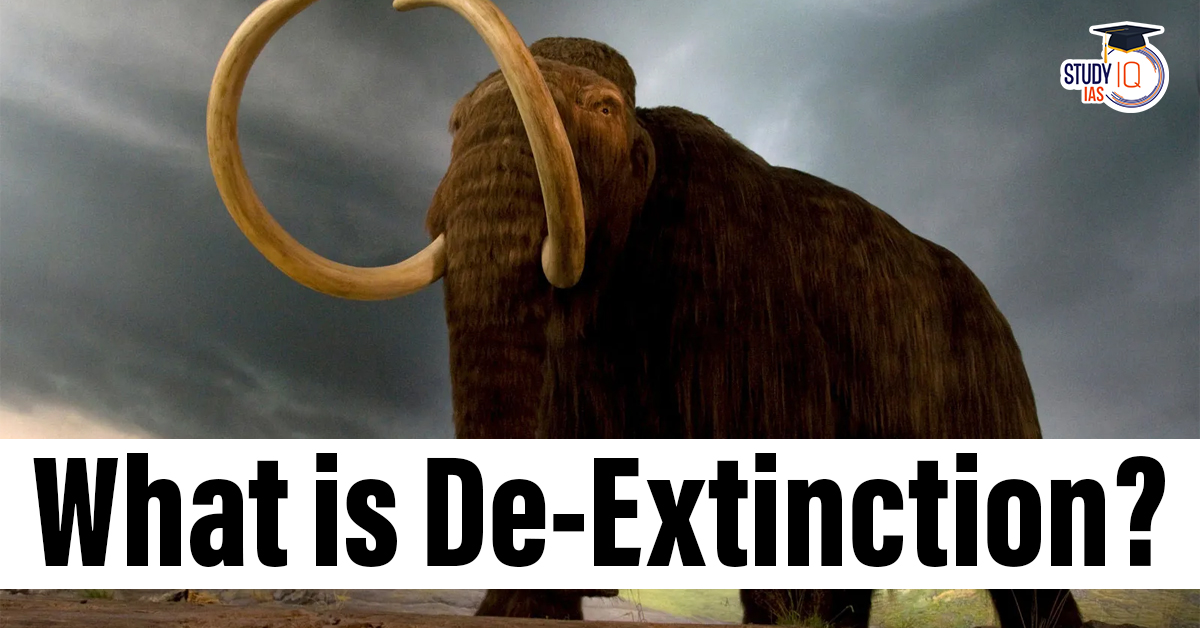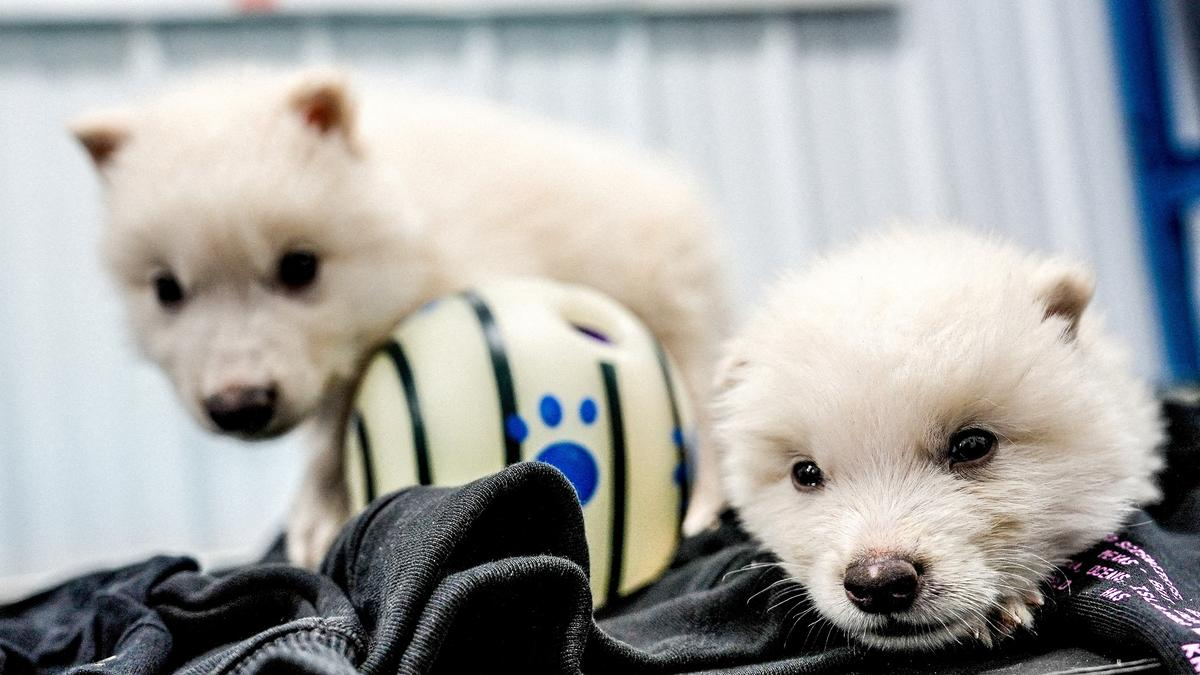Table of Contents
Context: Recently, Colossal Biosciences, a Texas-based biotechnology company, announced the birth of three dire wolf pups.
What is De-Extinction?
- De-extinction is the process of reviving extinct species using technologies like:
- Gene editing (e.g., CRISPR)
- Cloning
- Cross-breeding with modern relatives.
- Colossal’s De-extinction Targets: Woolly mammoth, Thylacine (Tasmanian tiger) & Dodo.
How was it done?
- Scientists edited the genome of gray wolves at 20 loci (specific genome locations) across 14 genes.
- These embryos were then implanted into surrogate dog mothers, leading to the birth of the pups.
- The edits were cosmetic, aiming to replicate the dire wolf’s appearance, not its behaviour or full biology.
- Only 02% of the genome was modified — far from a full recreation of the dire wolf genome.
- Genetically, the pups are gray wolves with minor cosmetic modifications.
Why is De-Extinction Controversial?
Scientific Concerns
Reintroducing extinct animals into ecosystems may:
- Disrupt existing biodiversity
- Harm modern ecosystems not adapted to support them.
Habitat Change Over Millennia
Ancient habitats that supported species like the dire wolf:
- Had a different climate, prey species and plant communities.
- Modern landscapes are fragmented and human-altered.



 Flue Gas Desulphurisation (FGD), Advanta...
Flue Gas Desulphurisation (FGD), Advanta...
 International Big Cat Alliance (IBCA), O...
International Big Cat Alliance (IBCA), O...
 Sanitary Waste Management Model of Karad...
Sanitary Waste Management Model of Karad...





















